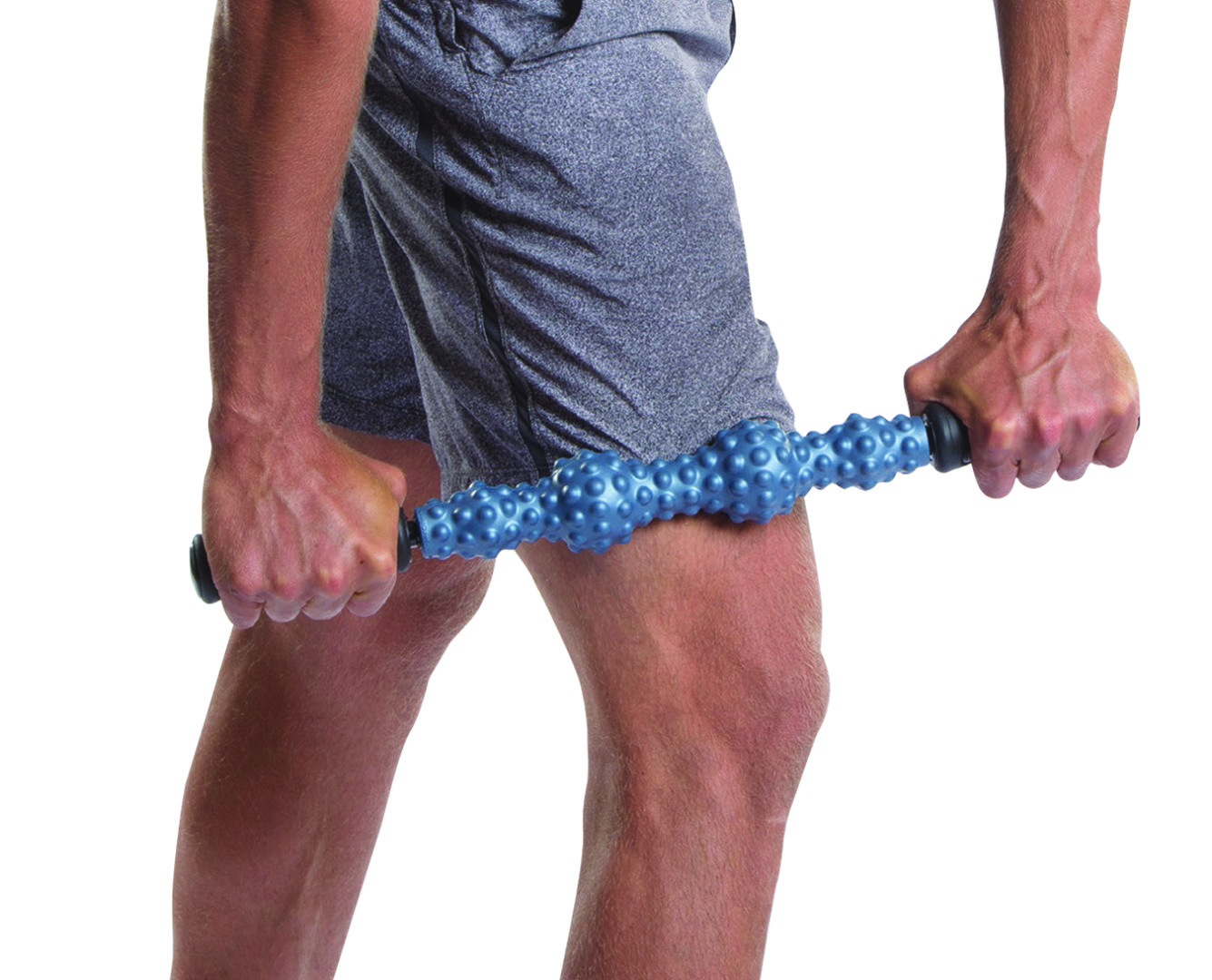
You are an athlete. You have trained and worked hard all season to get to this point. You compete within yourself to find something extra, to push your limits, to surpass your goals. Suddenly, your anticipation of greatness (in this case, you can use your own definition of “greatness”) is thwarted by the reality of physical pain. Your endorphin level plummets as you realize you can no longer continue without pain disrupting your gait. Your athletic journey comes to a screeching halt as questions of “what’s next” and “how serious” loom large on the mind.
This is where common sense must trump emotional desire. In other words, be patient. A proper evaluation and assessment of your injury is paramount and, yes, initially, this can be done by you. Many injuries are based on repetitive strain or excessive stress, and the damage may be less than you initially thought. Your pain level and pain location are your initial indicators. Pain in any of your joint areas (knee, ankle, etc.) carries the risk of being more serious, and a medical professional should be consulted. If it is a lighter pain or strain within a muscle group (calf, quadriceps, etc.), you should rest a few days to see if the pain or tightness persists. If it does and is resulting in an inability to participate in normal activities, you should see a medical professional for an evaluation.
But, regardless of how much advice you follow from your medical professional (as you should), you still will have the ultimate control over your recovery. Therefore, being in tune with your body will be pivotal in knowing when to get back out there.
Joint injuries (ligament, tendon, and joint): Your doctor’s advice dictates your actions and recovery direction. Follow the recommendations of a medical professional whose opinion you trust, which is, of course, much different than finding someone who simply tells you what you want to hear. Serious injuries may require medical procedures or surgery, but even a moderate LCL strain, for example, may require frequent medical evaluations as you go through the rehabilitation process. While you will still be in ultimate control of your activity level, professional advice is necessary to guide you through the recovery process.
Muscle strains and tears: The severity of the injury will determine your need for professional help. For example, if you strained your calf during a run but a few days later it felt fine walking around, a medical visit may not be necessary. But this does not mean you are ready to go for a 10-mile PR the next day. It does mean that, more than ever, you will need plenty of preparation, including warming up the muscle with light activity and stretching, before you start running or competing again. Using a sleeve or support will aid in providing warmth and support to the area. The standard protocol of rest, massage, and ice will help expedite your recovery. If you sense your muscle injury is more serious and possibly a tear, then seeing a medical professional is advisable. Physical therapists, for example, will have access to better equipment and technology to evaluate and, subsequently, rehabilitate more efficiently.
Most importantly, with any injury recovery process, you want to avoid a major setback. While pain is always a good indicator, it will not always be evident when you are simply walking around or not really putting stress on the area. This is where patience is a virtue. After allocating adequate time for rest, rehabilitation and recovery, slowly test your body by building up mileage gradually. Your body will send you signals. For example, if two months into your recovery from a calf (gastrocnemius or soleus) strain you feel a twinge or excessive tightness in your calf muscle that is your body telling you to back off and give it a few more recovery days. Once a strain turns into a tear, your recovery clock will be set back significantly. Even when an injured area is feeling fairly stable, it may still be weakened or susceptible to being re-injured. So, follow your protocol and heighten your self-awareness as a slow, steady road to recovery is your new road to a stronger, longer lasting you.
written by Jeff Rodgers
